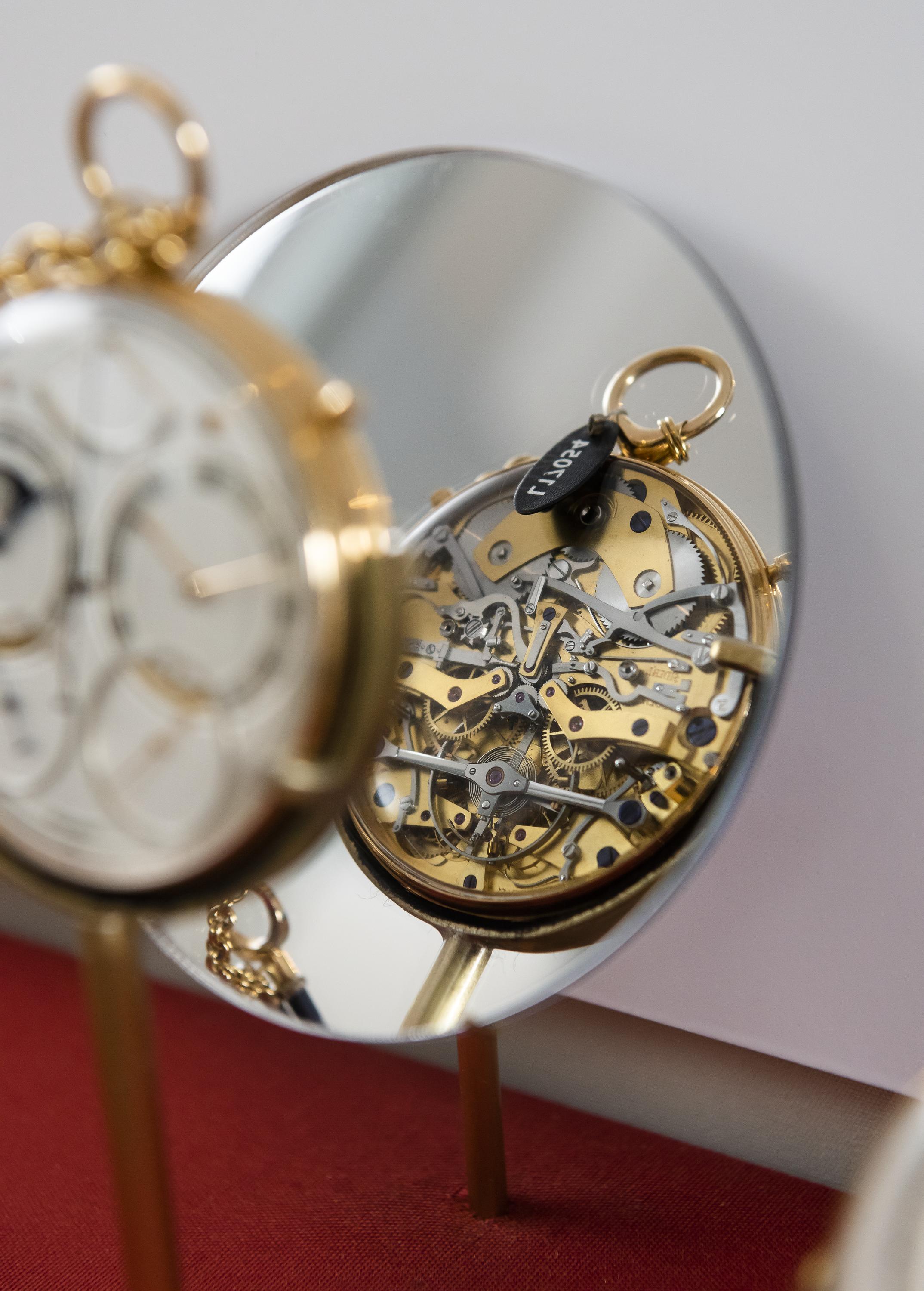An intricate British-made watch, the Space Traveller II, is now on display for the first time in a museum.
Watchmaker George Daniels made almost every part of this watch by hand in the early 1980s.
Named in honour of the Moon landings, Space Traveller II became, at the time of its sale in 2017, the most expensive British-made watch ever sold.
It has now been loaned by a private donor for display in the Clockmakers’ Museum at the Science Museum.

The Space Traveller II can be seen in an exhibit about George Daniels, the famous British watchmaker who helped revive independent watchmaking in the late twentieth century.
The watch is a new addition to the Clockmakers’ Museum, which displays the world’s oldest clock and watch collection, assembled by the Worshipful Company of Clockmakers, a City of London livery company, to which Daniels was closely associated.
Daniels made two similar watches (known as Space Traveller I and II). The first was sold soon after it was built, while the second watch was used by Daniels until his death in 2011.
The Space Traveller II is an 18ct gold-cased watch with a silver engine-turned dial. Fitted with Daniels’ independent double-wheel escapement, the watch can display both mean solar and sidereal (star) time.
The watch also shows the phase of the moon, an annular calendar, the equation of time and features an ingenious stopwatch which functions with either solar or sidereal time via the flick of a lever.

A note on astronomical timekeeping
Our system of timekeeping is governed by the Sun, with a day marking the time taken for the Earth to make one rotation on its axis. However, when comparing the time on a watch with the time recorded by a sundial, the difference could be as much as 16 minutes at various times in the year.
This shortening or lengthening of the apparent solar day (the time measured by a sundial) is caused by two factors: Earth’s elliptical orbit and Earth’s axis not being perpendicular to the plane of its orbit.
Creating a mechanical timekeeper which can follow these changing daylengths is complicated, so they are averaged over a year to give mean solar time (the time measured by a watch). The difference between mean solar time and apparent solar time is known as the equation of time.
The Space Traveller II displays both mean solar and sidereal time, a timekeeping system based on Earth’s rate of rotation and used by astronomers to locate celestial objects. Sidereal time is 3 mins 56 seconds faster per day than mean solar time.
